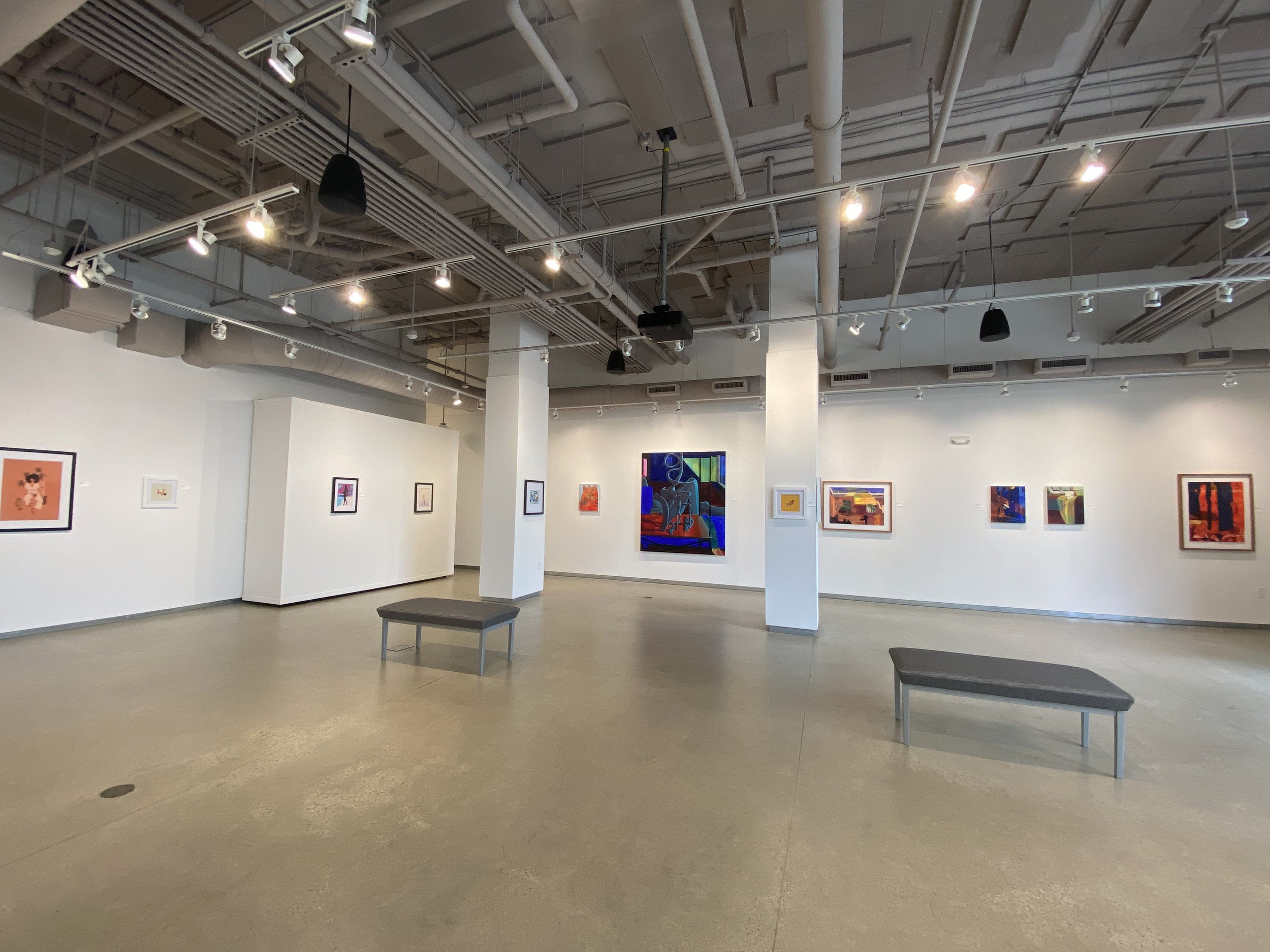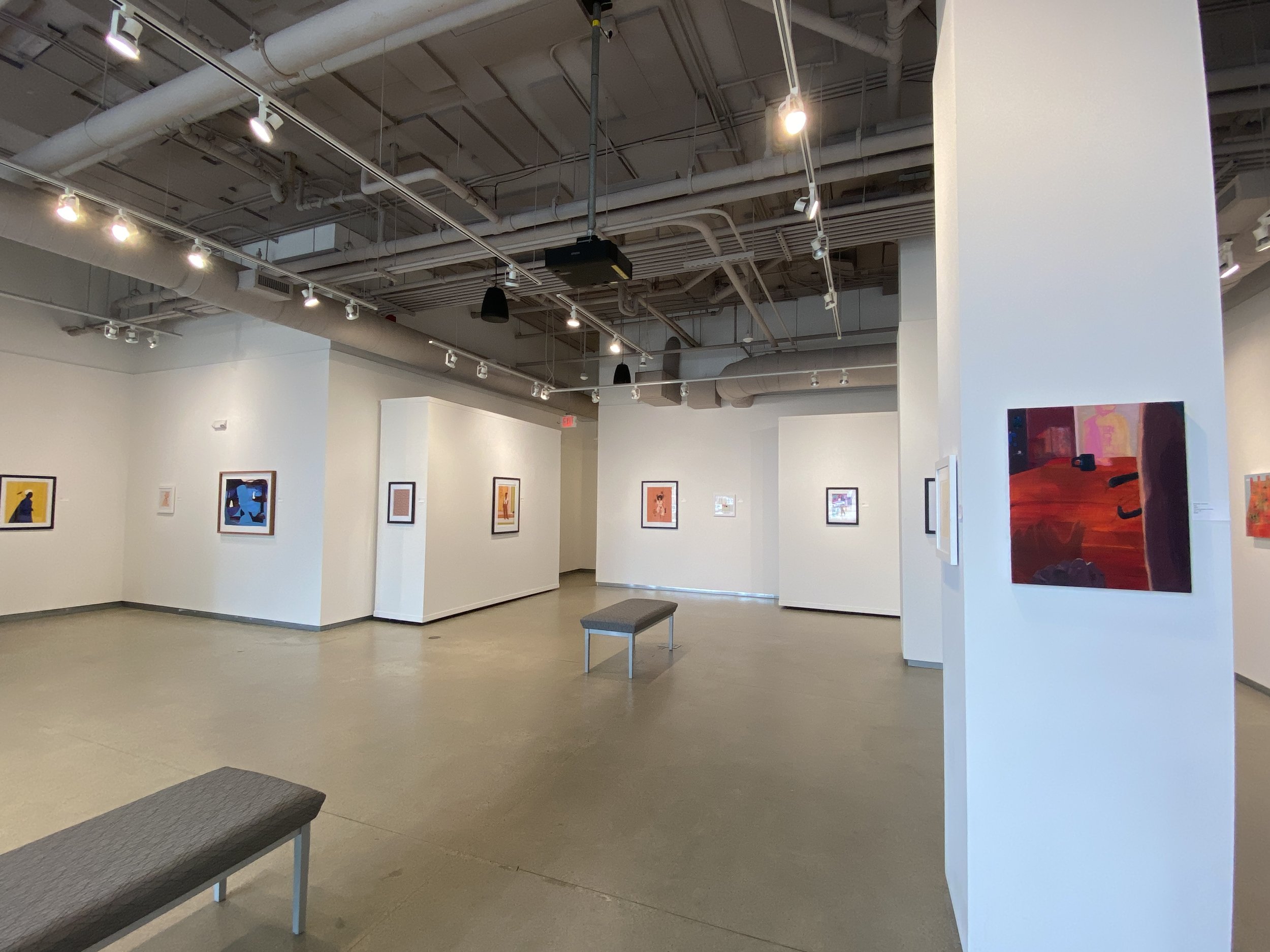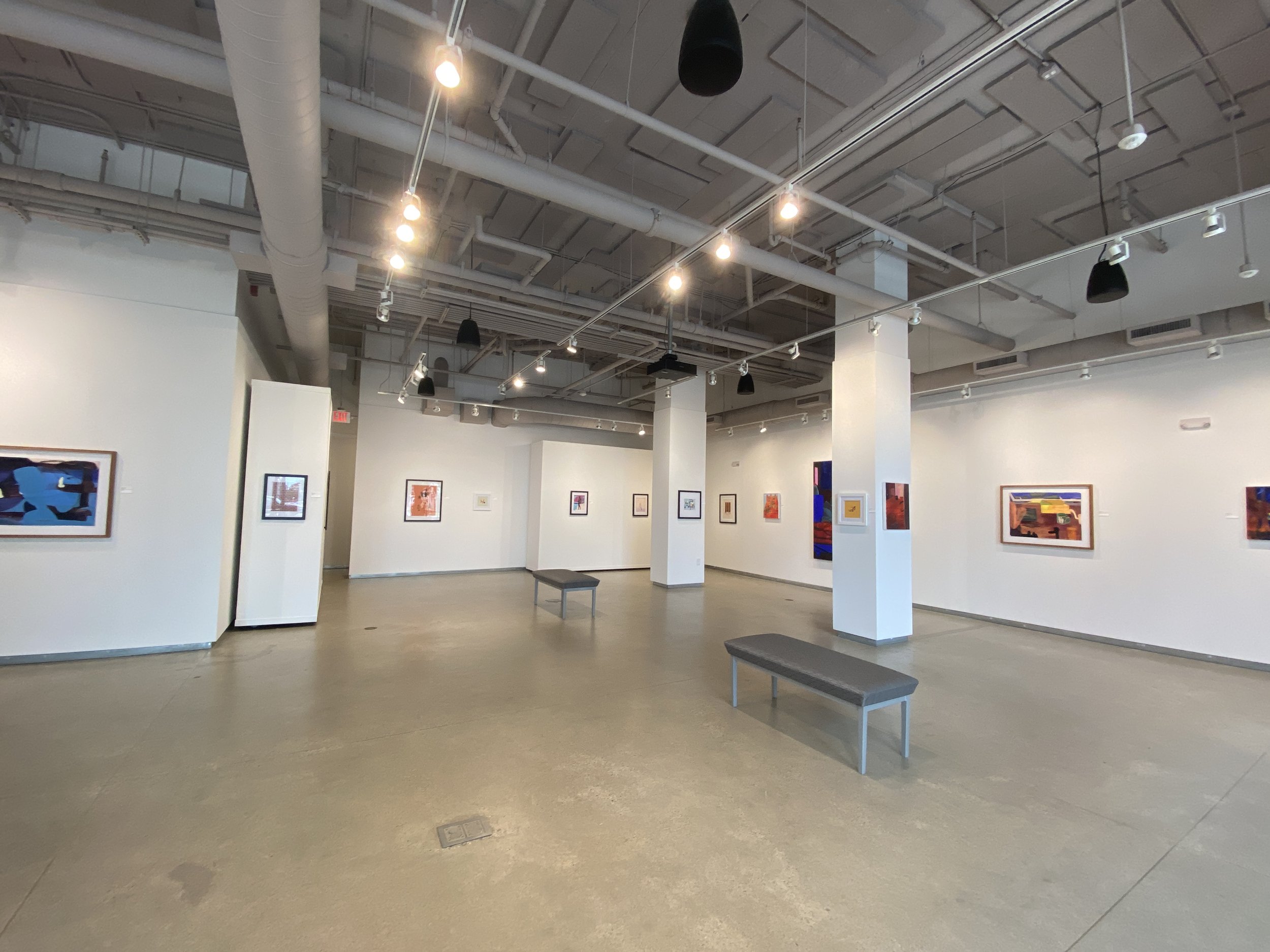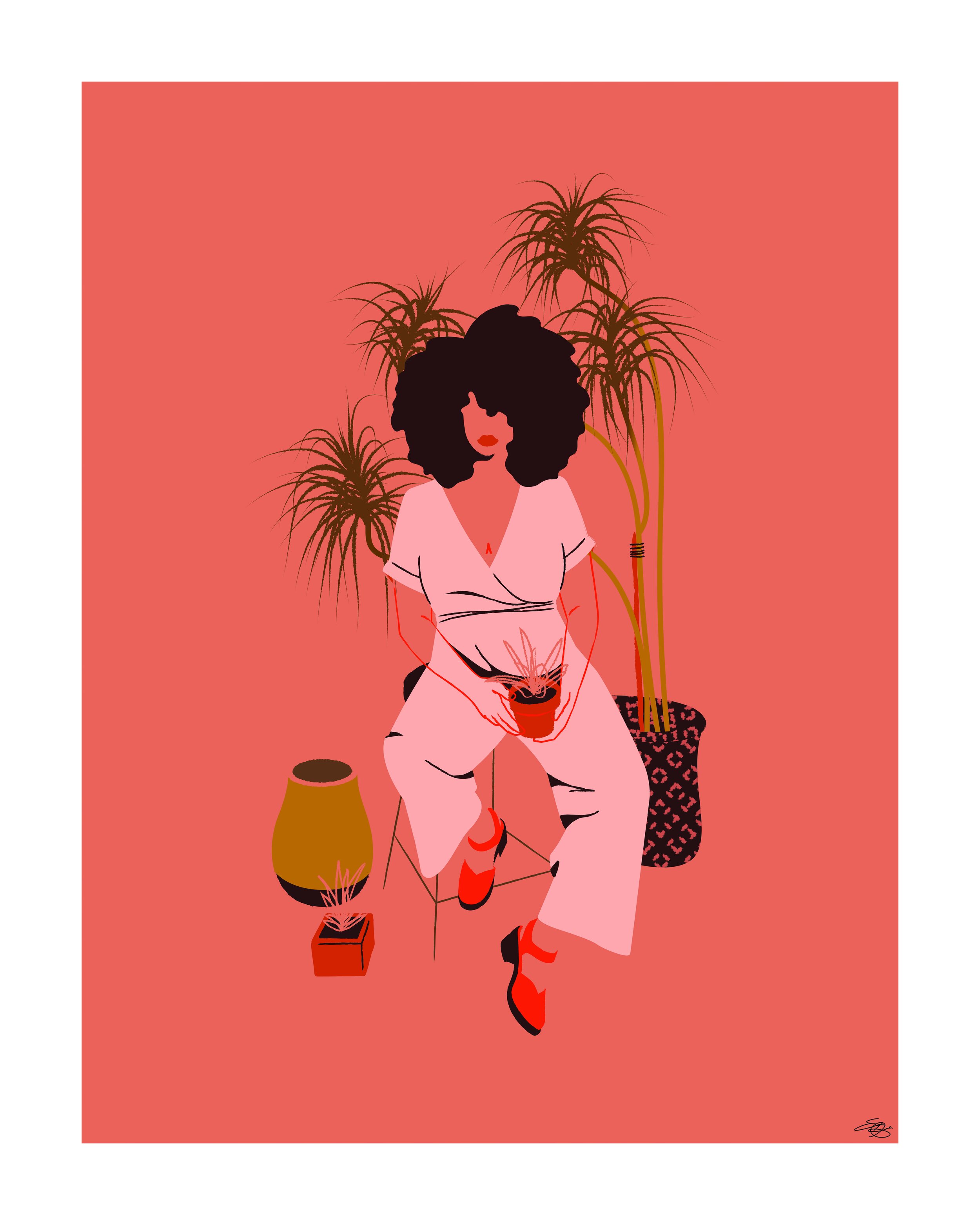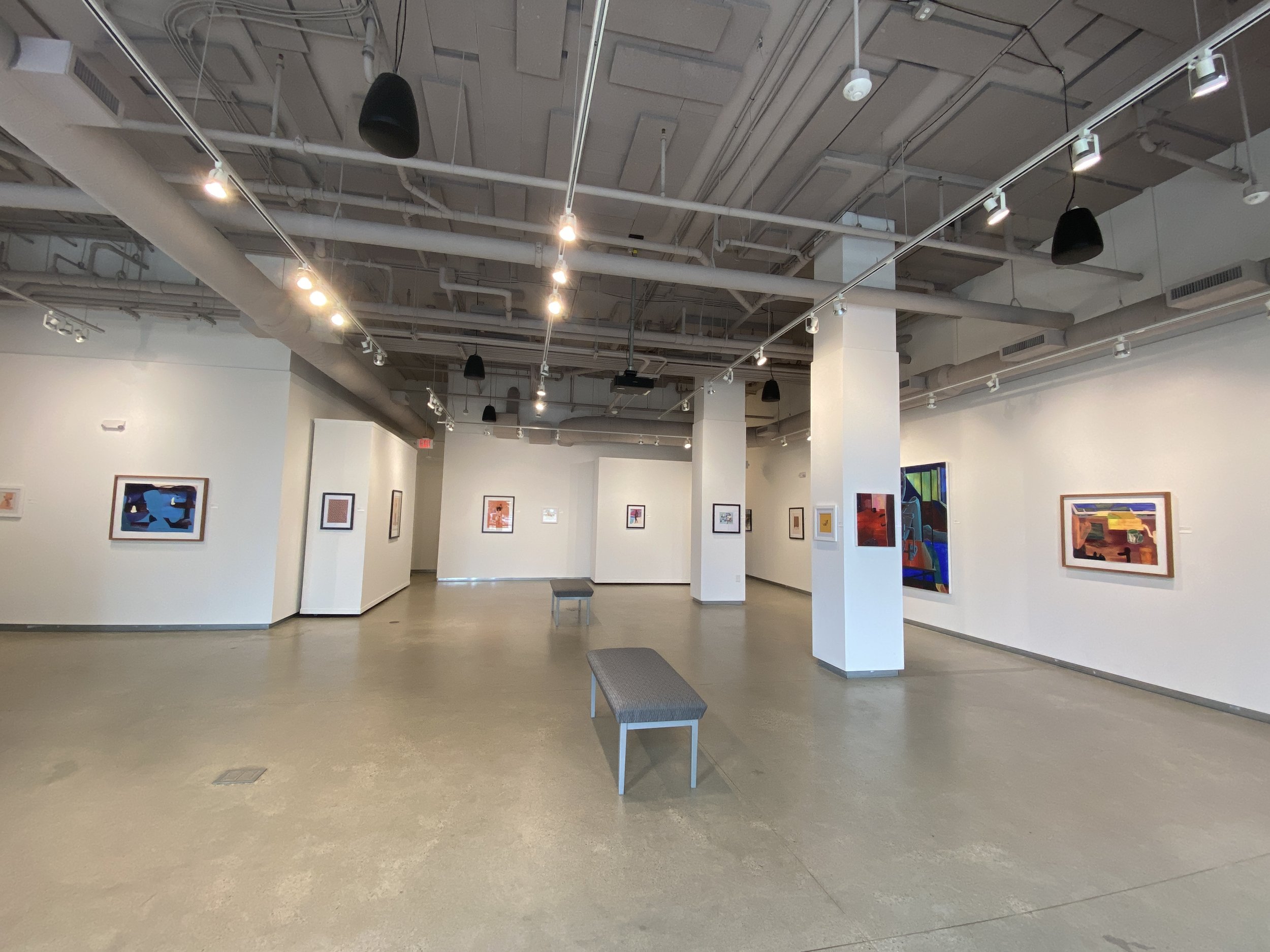ROY presents: Euzhan Shabazz and Miranda Holmes
SIMMER AFTER BOILING
Euzhan Shabazzz
Euzhan Shabazz is an artist and designer based here in Columbus, OH. Her work focuses on characterizing moments in time and often highlights the nuances of black representation. She enjoys witnessing seemingly ordinary and/or quick moments that allow her to be brought into someone else's world. Influenced heavily by the different emotional expressions she observes—that of loneliness, boredom, kinship, passion, and playfulness—she allows each piece to take on a different tone and personality. Euzhan prefers to work digitally, which gives her the opportunity to play around with color in particular. Color also takes on a special role in each piece providing another layer of tone for each piece.
ROY asks
What are your name and affirmed pronouns?
Euzhan Shabazz, she/they
How has art (whether it be your own or art in general) changed you?
At times it’s hard for me to find the right words to express myself, art has always been the remedy to that problem. It’s way easier for me to show what I’m thinking, rather than say it.
How did you start your artistic practice?
I’d say that I started my artistic practice at 5 when I picked up the piano, that’s when I discovered the world of creation and expression. As for the illustration work I do now, I didn’t start practicing until my 3rd year in undergrad, 8 years ago.
When a first-time viewer sees your work, what is the first word that you hope they
think when looking at it?
“Wow”
Miranda Holmes
This series of paintings explores the movement of bodies and objects over time. In the work, past iterations of compositions and color choices remain visible alongside more developed parts of the painting. These residues of the work’s past shine through as evidence of how the painting changed. A hand that once held a coffee cup is moved further across the table, and the cup disappears. Parts of objects appear on a desk like fragmented records of their displacement over the course of a day. Where the shape of a house began to emerge now stand tall trees; the glowing windows bore yellow holes through the trunks.
A painting changes; so does the artist. She thinks about the ways in which her environment shifts her body, how it affects her movements. Miranda wonders about the various iterations of herself if she did not live under social systems that gain power from the manipulation of her body. Cultural influences shape us over time in ways that we cannot always name. This series preserves previous versions of the body, objects and environments that shift and solidify each other over time.
ROY Asks
What is your name and affirmed pronouns?
Miranda Holmes, she/her
How has art (whether it be your own or art in general) changed you?
Art has helped me slow down. I used to look for the drama in a work of art, like a punchy narrative or a joke. I still love that kind of work, but after looking at art over the years, I have become more appreciative of works that ask me to take my time and focus on the way the artist uses color or how they built up the surface of a painting. This practice helps me bear witness to what’s around me in my environment. Noticing the blue shadows on a person’s face or the shape of an insect’s bite marks on a leaf is fulfilling in its own right.
I’ve also come to see how art is an expansive practice that goes beyond the visual. I see an artistic practice as a way of aligning materials or actions with content to create meaning. This can be intentional or unintentional. Cooking a nice meal for a friend when they need it can be an artistic act. Building a life around the values and pleasures you collect along the way can be an artistic act. By focusing on the practice of art (making it and looking at it) rather than the product, the creative process becomes impermeable to value or judgment. Art becomes a way of seeing, changing, and living, rather than an object to own.
How did you start your artistic practice?
I never stopped painting and drawing as a kid and I kept at it through middle and high school. I had a lot of great teachers along the way who kept encouraging me to express myself through my art. While I was pursuing my undergraduate degree in Art, I began to weave in my interest in feminism and social politics into my work. Exploring the ways in which power is socially constructed has become a driving force in my artistic practice ever since.
When a first-time viewer sees your work, what is the first word that you hope they think when looking at it?
Changing

